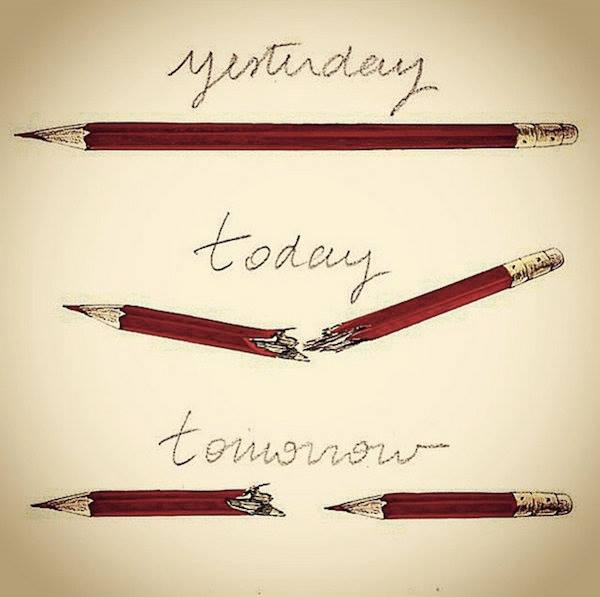The theme of this year’s Retrospective at the Berlin Film Festival was Production Design from 1939 to the present. An admirable subject but one that might have been even further focussed; this being Berlin, it would have been more exciting to centre on the glorious films and designers of German films from the 1920s to the 40s, let’s say. But given the emphasis on the role of the production designer in current films, and, indeed, the work of living designers (some of whom attended the festival), the modern approach was entirely understandable.
Today’s films have all sorts of cheap digital trickery available to them to erect enormous palaces, mass crowd scenes, and violent special effects. In the 1920s and 30s, these illusions were perfectly realisable, but with other, more painstaking means—matte shots, glass and mirror magic (like the Schufftan process), and other now-outmoded methods.
Another constant that has not really changed in a century of cinema is the reality versus illusion issue of whether to film on location or in a studio. Usually, today’s films combine location and studio work with computer effects. In the past, there was much more going on in studio sets, with the occasional use of location shots and/or back projected images of real locales.
If anything, today’s multi-faceted realities make the work of the production designer that much more complicated. But it hasn’t really improved the look of the films, as evidenced by the selections shown in Berlin. We can admire the sci-fi grisliness of Alien, or the James Bond of émigré designer Ken Adam on those films, but the guiding vision of a great artist, memorably allied with his director and photographer, should indelibly stamp a distinctive look on a film. Which is why The Red Shoes (1948) so artfully designed by Hein Heckroth, conveys the film’s theme of the real world clashing with the theatre. The same dichotomy is brilliantly explored in Kon Ichikawa’s An Actor’s Revenge (1963).
These films’ startling use of colour is purposely diluted in films like Hitchcock’s Vertigo or Tati’s Mon Oncle (both 1958), where a subdued palette is used. Vertigo is an example of that 1950s grey-green gauzy shadiness, punctuated by flares of California colour. The mad burlesque of Le Courbusier’s house in Mon Oncle is accentuated by the flat, dull colour. Even today, new films profit by the use of greys and greens in sombre settings, like the competition entry Sophie Scholl, with its principal locations in Nazi police stations and prison cells.
Do we want to remember a film for its décor? Why not, if it’s memorable. The design only becomes overly intrusive when it overshadows the action. This was a problem even in the 1920s. In the retro’s painstakingly restored Schlagende Wetter (1923), a mining disaster explosion is really the only thing one can recall in a very dull plot, baldly acted and directed (and accompanied, in this showing).
On the other hand, Satiyajit Ray’s far simpler The Music Room (1958) has an unforgettable pictorial style while still being a memorable—almost plotless—character drama. The ruined Palladian villa, improbably located in remote India, is the perfect visual metaphor for the ruined aristocrat, as spectacularly designed by Bansi Chandragupta and photographed by Subrata Mitra.
When outlandish designs become the leitmotif of a film, the real/fake trumpery can become mind-boggling. Nowhere is this more evident than in the surprise of the retro, Grigori Alexandrov’s 1947 Spring, a Soviet musical that pits show business against science. Here, the viewer is presented with acres of smoke, scrims, and stage sets in the film studio, and the gleaming white-deco laboratory of the solar researchers—obviously suggested by William Cameron Menzies’ Things to Come, with a dash of The Bride of Frankenstein! And the plot’s deception theme is continued when in a ‘real’ romantic scene by the Moscow River seems obviously studio-bound, unlike the daytime shots of Gorky Street with crowds, cars, and even a passing parade of Young Pioneers.
Special emphasis was given to Stanley Kubrick' films like The Shining, Spartacus, the American flatness of Lolita (filmed largely in British studios), 2001: A Space Odyssey, and the candle-lit 18th-century London of Barry Lyndon are fine examples of intelligent, while still memorable design.
Still, one could escape to the past quite happily to the Berlin Film Museum’s accompanying exhibit. There, the renderings of Germany’s great Ufa designers are on view: Otto Hunte, Erich Kettelhut (particularly his massive images for the 1929 Asphalt), and others, like Franz Schroedter, who effectively, if kitschily, adapted their designs to lurid postwar German styles. However, the visual triumphs of the 1940s and the postwar era were more inclined to be French, with such designers as Jacques Lagrange, Bernard Evein (his dazzling Parapluies de Cherbourg, 1963) and that titan of trompe l’oeil, Alexandre Trauner.
All in all, the retro was a pleasurable visual treat—but I’d love to see the prequel—Production Design before 1940!
RICHARD TRAUBNER
From Berlin
 Chatelin Bruno
Chatelin Bruno 


























